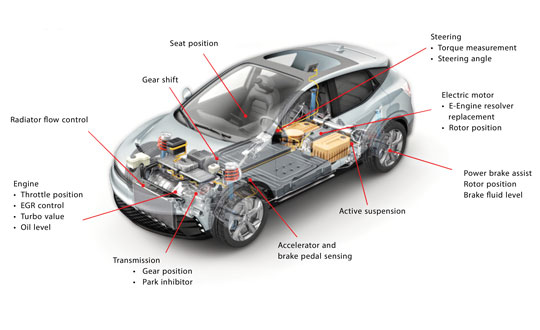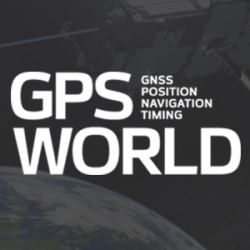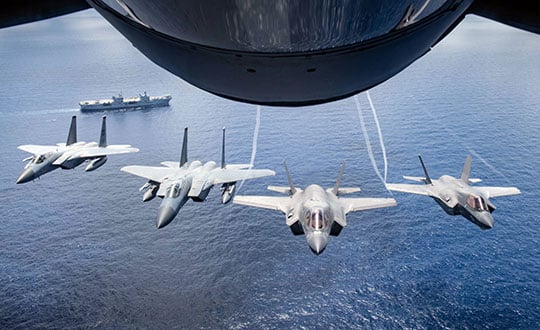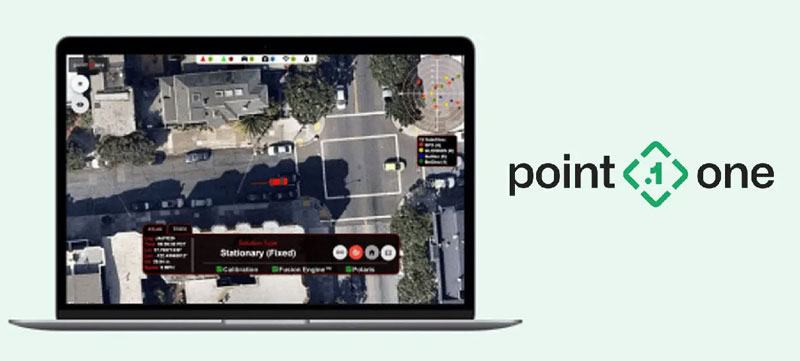Seen + Heard: GPS Adventure Game Out the Window

GPS DATA maintains a 3D model that keeps a car correctly positioned while passengers hunt down werewolves.
Looking out the window during a long car trip becomes an interactive adventure with a new GPS-based game developed by The Interactive Institute in Stockholm, Sweden. The Backseat Playground uses GPS to turn passing sights such as forests, buildings, and rivers into locations for in-game characters and events, reports New Scientist magazine. Backseat Playground consists of a GPS receiver, a handheld computer, and headphones connected to a laptop in the trunk of the car.
A geographical database extending over an area of 35 square kilometers in Stockholm matches events in the game to suitable locations. Game characters and events are all generated dynamically during the car trip. As the car travels its route, the player receives phone calls and messages from in-game characters. The team has received positive initial feedback and hopes to add voice recognition to the set-up. “Being able to talk directly to the characters would be great,” said co-creator John Paul Bichard.
In the Know Over Snow Leopards
In the first study of its kind, a female snow leopard received a GPS collar that will provide researchers with precise data on the endangered animal’s movements and habitat use, reports BBC News.
The 78-pound snow leopard was captured November 17 in Chitral Gol National Park in northern Pakistan.
Their solitary nature, the steep, rocky terrain they inhabit, and typical twilight activity make snow leopards extremely difficult to study, say researchers. The project, carried out jointly by the Snow Leopard Trust, the Northwest Frontier Province Wildlife Department, and WWF-Pakistan, seeks to collar as many as five of the rare, elusive cats with GPS over the next several months.
Geotagging: Giving Photos Context
The New York Times highlighted the value of geotagging in a lengthy November 2 feature story, “Pictures, With Map and Pushpin Included.” Geotagging enables users to plot where they have taken their pictures.
“It’s kind of a geek obsession,” said Kathleen Bennett, a software engineer and amateur photographer. “But it’s also a combination of the geek aspect, the community aspect, and the love of good old-fashioned travel photography.”
Stewart Butterfield, co-founder of the photo-sharing website Flickr, says linking pictures to maps lends a new dimension to photography, helping people make sense of the mounds of photos accumulating on their hard drives.
“The value may not be immediately apparent,” Butterfield said. “But 10 years from now, nobody who’s geotagging their photos is going to regret it. Most people have just one or two or three iconic photos of their grandparents. Now people are going to have tens of thousands of photos, and when that happens, every little bit of context helps.”

















Follow Us